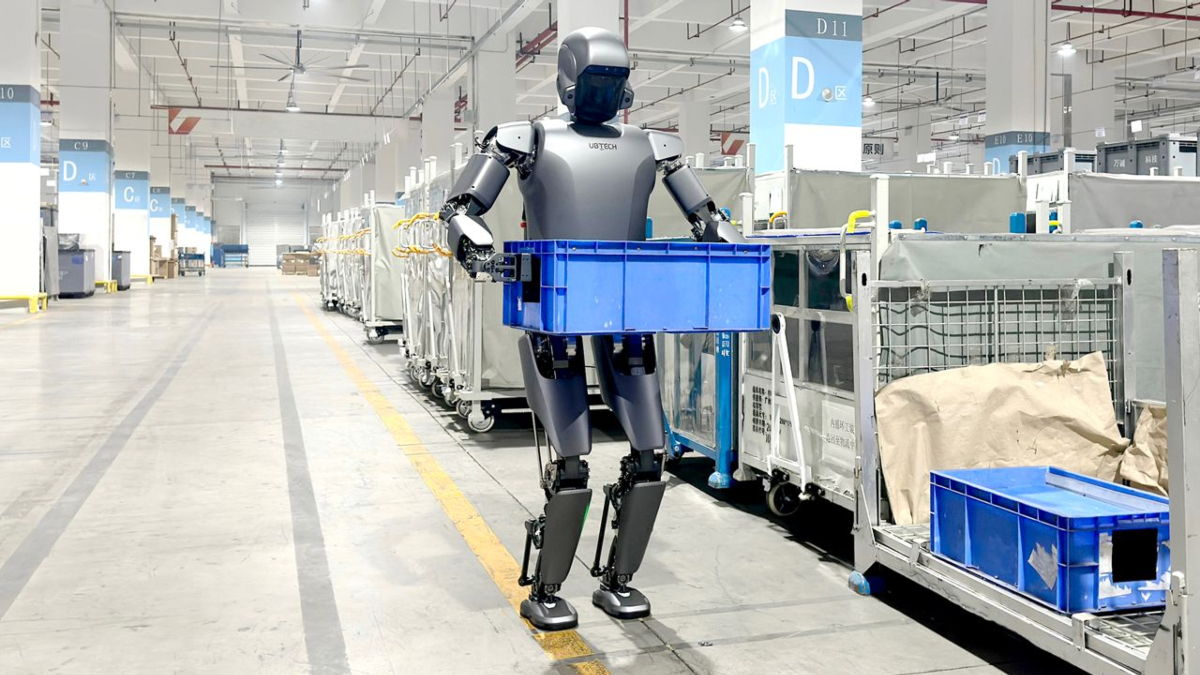China’s manufacturing sector is accelerating its shift towards automation as robots are poised to replace manual labor in factories, with Chinese robotics company UBTech at the forefront of this transformation. The company has received over 500 orders for its humanoid robot, the Walker S1, from major automakers, including BYD, the world’s largest electric vehicle manufacturer.
The Walker S1, officially launched earlier this week, is designed to perform tasks traditionally done by human workers, addressing the country’s growing labor shortage in the manufacturing industry. China’s manufacturing sector has been grappling with a significant shortfall in skilled labor, with a 2017 government report predicting a shortage of 30 million workers in key industries like automotive production by 2025.
UBTech’s robots are seen as a game-changer. The Walker S1 can handle repetitive and physically demanding tasks such as quality inspections, parcel handling, screw tightening, and component assembly. Standing at 5.6 feet and weighing 167.6 pounds, the robot closely resembles a human in size and can function seamlessly in factory environments, working alongside unmanned logistic vehicles and intelligent manufacturing systems.
Tan Min, UBTech’s chief brand officer, stated in a recent interview with the South China Morning Post that while robotic arms currently perform around 70% of tasks in automated factories, the remaining 30% still require human labor. UBTech aims to reduce human involvement in manual work to just 10%, deploying humanoid robots like the Walker S1 to take over lower-level tasks, leaving human workers to focus on more skilled and collaborative roles.
“The goal is to replace around 20% of the factory workload with humanoid robots,” Tan said, emphasizing the urgency as companies struggle to find skilled technical workers and young graduates are less inclined to pursue blue-collar jobs.
As China’s labor force ages and the talent gap widens, the use of robots in industrial settings is becoming increasingly necessary. Robots like the Walker S1 are expected to mitigate risks of workplace injuries and reduce the physical strain on human workers, especially those involved in repetitive and hazardous tasks.






